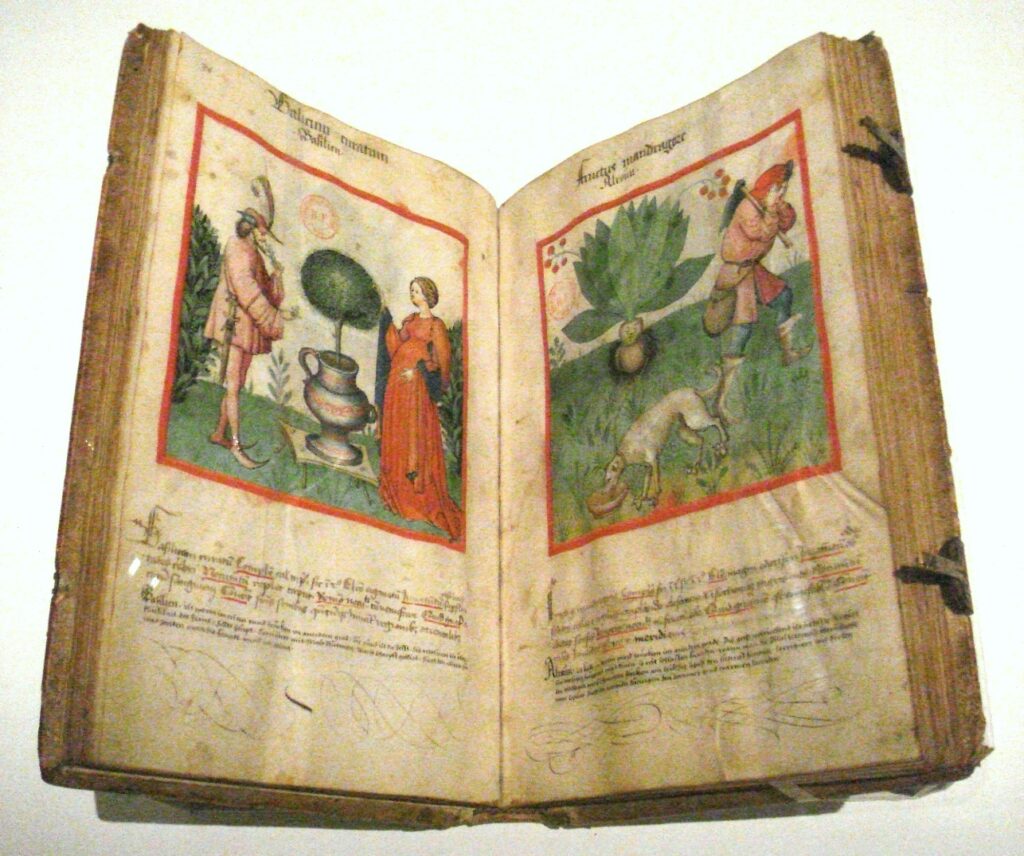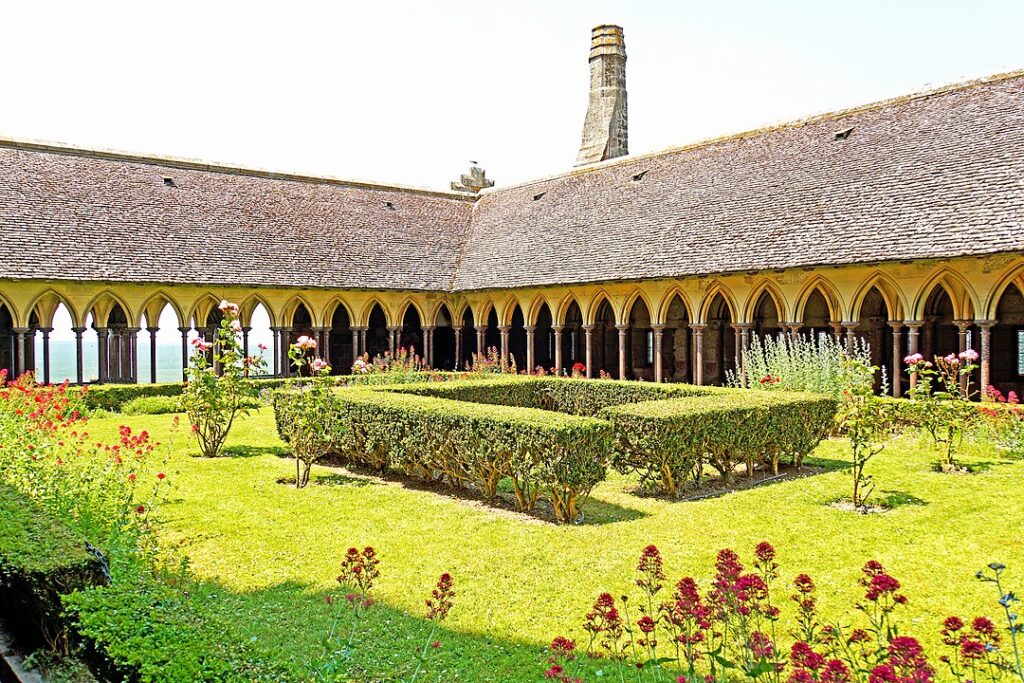 Transmission of Medical Knowledge
Transmission of Medical Knowledge
The Islamic Golden Age, spanning from the 8th to the 14th centuries, had a profound influence on medieval medicine through the transmission of medical knowledge. Scholars in the Islamic world translated and preserved classical Greek and Roman medical texts, while also making significant contributions of their own. Notable figures such as Ibn Sina (Avicenna) and Al-Razi (Rhazes) wrote comprehensive medical encyclopedias, which were later translated into Latin and became foundational texts in European medical education.
Innovations and Techniques
Islamic physicians introduced numerous innovations and techniques that advanced medieval medicine. They developed surgical instruments, refined procedures such as cataract surgery and wound treatment, and established the practice of clinical observation and diagnosis. The use of hospitals (bimaristans) as centers for treatment and medical education set a precedent for the development of similar institutions in Europe. The emphasis on empirical observation and experimental methods influenced the practice of medicine in the medieval and Renaissance periods.
Impact on European Medical Practice
The influence of Islamic medicine on European practice was significant, as translated works provided a comprehensive understanding of anatomy, pharmacology, and pathology. Islamic medical texts were incorporated into the curricula of European universities, shaping the study and practice of medicine. The integration of Islamic medical knowledge with European traditions contributed to the advancement of medical science and the improvement of healthcare in medieval Europe.
Conclusion
The Islamic Golden Age played a crucial role in the development of medieval medicine through the preservation, translation, and expansion of medical knowledge. The contributions of Islamic scholars influenced European medical practice, laying the foundation for future advancements in the field.
 Design and Purpose
Design and Purpose